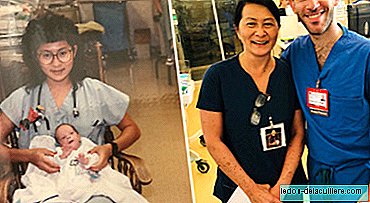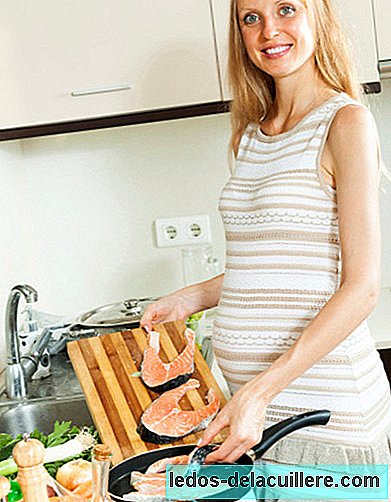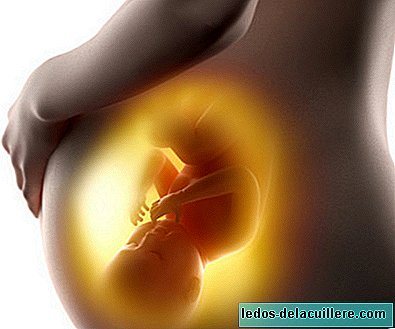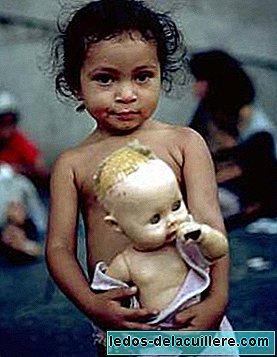When a couple decides to start a family, it is believed that having a baby is relatively simple. But it's not always like this. Whether due to work, social or infertility problems of either of them, the arrival of the baby is delayed more than desired. Sometimes there are many years in which couples spend large amounts of money and run a career full of obstacles on their way to parenthood.
But hope is the last thing lost and at the end of that long road there is a very valuable reward: the dream of finally having your desired baby.
New fertility
In Spain 25,000 babies are born every year through assisted reproduction techniques and the forecast is to continue increasing.
According to the Spanish Fertility Society, sterility affects 15% of the population of reproductive age in Western countries, that is, one in six couples, and experience a growing evolution.
Although the male is responsible for between 25 to 35% of cases, the advanced age of women with reproductive desire It can be considered as the main current cause of increased sterility in our environment.
The fertility of the human species varies over time, and is clearly limited by the effective duration of women's reproductive capacity. This presents its maximum fertility between 20 and 30 years. From this age begins the physiological decline of fertility, which is much more pronounced since the age of 35, and even greater after the age of 38.
To this is added that in the vital perspective of women in developed societies it has been profoundly transformed in recent years, delaying the age of motherhood. Women no longer marry and have children, but many prioritize stability before starting a family, and when they get there they find obstacles that prevent them from fulfilling their dream.
An obstacle course
Most couples who have gone through it, define it as an obstacle course that they must overcome until they reach the goal. On the way it occurs great physical and emotional wear.
Disappointment, frustration, stress and tears, but in the end, they all agree that everything was worth it. There are couples who do not give up after a lifetime and against all odds, they become parents.
It is also true sometimes the treatments do not work, but the reward also comes. A study conducted in France and published in the journal 'Fertility and Sterility', 24 percent of couples who underwent unsuccessful assisted reproduction treatments, specifically in vitro fertilization treatments, managed to have children between seven and nine years old after spontaneously.
A hopeful story
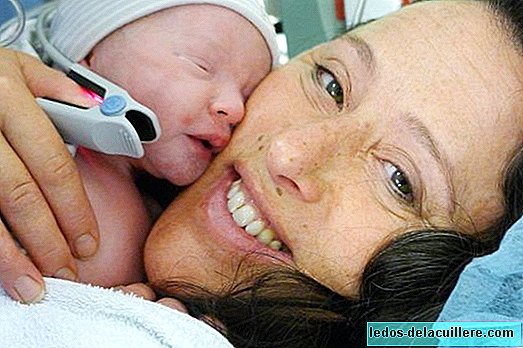
One of the most hopeful stories that are known is that of Naomi Gryn, a writer and producer who, after spending more than 23,000 euros and several rounds of in vitro fertilization, finally became a mother at 51.
He devoted himself entirely to his career and when he finally met the man with whom he wanted to start a family, with 41 years wanted to be a mother. He suffered two miscarriages, so he decided to face a fertility treatment. He traveled to South Africa to undergo three rounds of in vitro fertilization, but he did not succeed either.
Almost without hope, and with 51 years he underwent another treatment at a clinic in Barcelona, one that agreed to treat her at his advanced age.
When he already took everything for granted, he encouraged himself to one last attempt. He was implanted with the last two frozen embryos left in the clinic and the miracle happened: he was pregnant.
Unfortunately, Naomi lost one of the babies at six weeks of pregnancy due to a condition known as evanescent twin syndrome.
Finally, in 2012 his daughter Sadie was born when Naomi was 51 years old.


